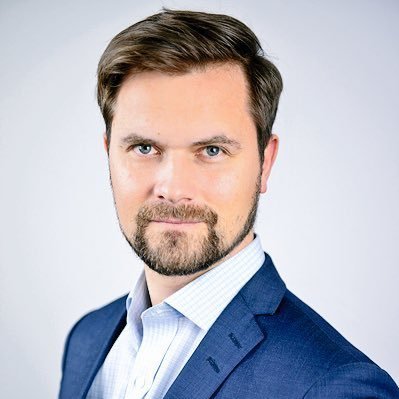"Art is truly the debut of faith," said the great Catholic poet Paul Claudel—a sentiment that resonates deeply with Cardinal José Tolentino Calaça de Mendonça, heading the Vatican’s office for education and culture. In this exclusive interview with EWTN Vatican Bureau Chief Andreas Thonhauser, the Cardinal delves into the significance of culture and art in the Church's mission, particularly in regard to the Jubilee for Artists and the World of Culture.
Your Eminence, you are at the helm of the Vatican Office for Culture and Education and your Dicastery was instrumental in preparing the Jubilee for the Artists and the World of Culture. Why does the world need culture? Why does the Church need to engage with the world of culture?
We know how the Gospel, in the mystery of the Incarnation of Jesus, is revealed to men in an incarnated, inculturated form. As the Council reminds us. Culture, then, is an ally of the manifestation of God. And within cultures, artists have a special place because they are able to make the mystery visible or audible. In this sense, artists are collaborators with the Church in the search for truth and in translating the mystery of God into a language of the senses.
Could you give me an example how artists today make this mystery of faith visible?
For example, we listen to Bach's Passion According to St. Matthew, or we listen to the music of Handel’s Messiah, and we grasp a profound sense of transcendence. An interpretation of the mysteries of Jesus, of His life, of His passion, but also a great painting, whether figurative or more minimalist or abstract. It is capable of depicting the mystery of God. Artists are important for our humanity and our search for God, because they help us to constantly seek a truth that is ultimately not of this world. That is why a great Catholic poet, Paul Claudel, wrote something very true. He said, "Art is a propaedeutic for faith," that is, art prepares our soul for the encounter with the Absolute, for the encounter with God.
The dialogue between the Church and artists has always been a dialogue very close to each other but also sometimes with tension even if we think of Michealangelo but also with contemporary artists. Sometimes there is controversy about it as well. How are we managing this today as a Church, this dialogue with the world of artists?
Today we are really talking about a friendship that needs to be rebuilt. We need the contribution that artists can give to make it more alive, more adapted to the senses. One thing is this dialogue of the Church with the world of art in general, with believers and non-believers, but at the same time today we see a very positive sign that is within the Church. So many people are discovering their artistic vocation. We have in our Catholic communities a kind of awakening of the vocation of so many young artists, musicians, painters, poets, who are trying to unite their faith with their work, their research in the field of art, and this is certainly a sign of hope for us.
Thank you very much. Thank you for your time.
Thank you for listening as well.
Adapted by Jacob Stein
SIGN UP FOR OUR NEWSLETTER HERE

Andreas Thonhauser is EWTN Vatican Bureau Chief. He holds an MBA from WU Executive Academy and a Master’s in German Philology and Americanistics from the University of Vienna. He previously worked in media and as Director of External Affairs for a global human rights organization, and for several media outlets in Vienna, Austria.









